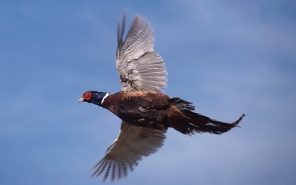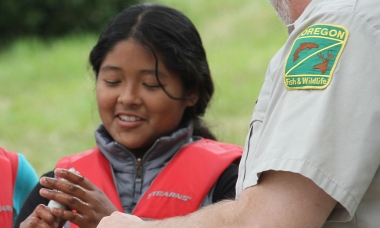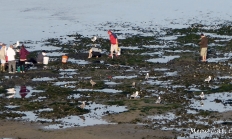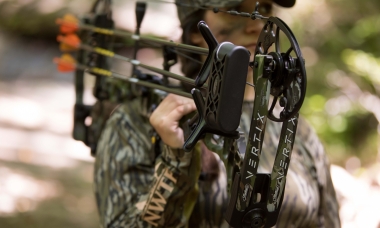More slots have opened for September youth pheasant hunts: Events located in Coquille, Central Point, Monmouth, Irrigon, John Day, Klamath Falls, La Grande, Madras, Portland, Tygh Valley
SALEM, Ore.— If you are considering registering for a youth pheasant hunt, it is not too late. More slots have opened for many youth pheasant hunts being held statewide this month after duplicate registrations were removed from the system. "We've heard some parents have been unable to sign up their…











